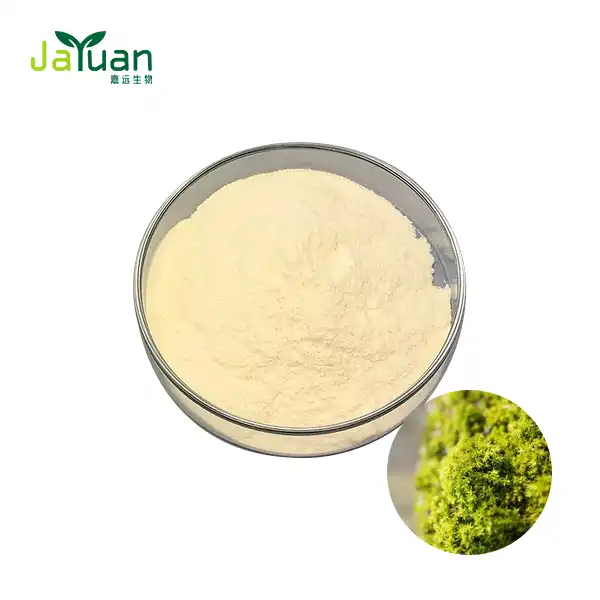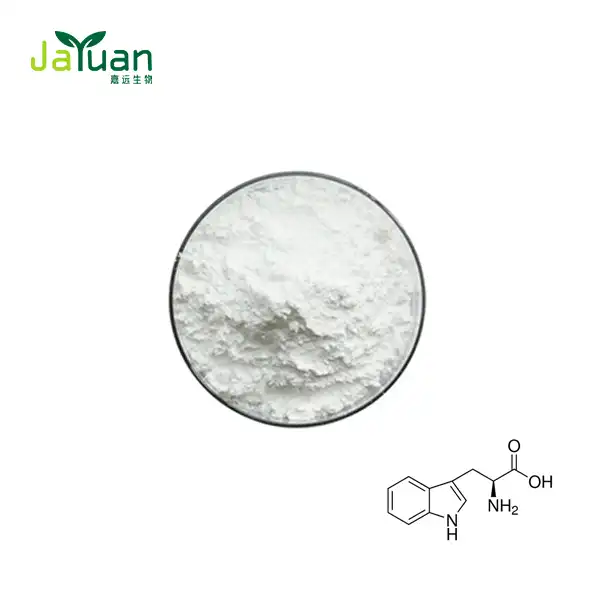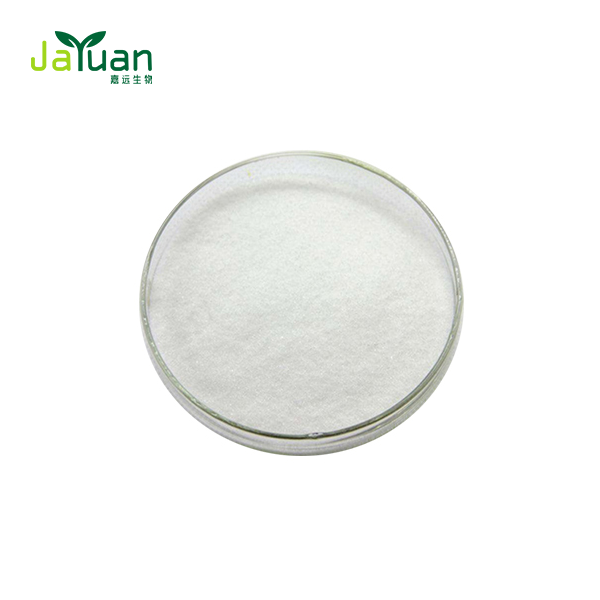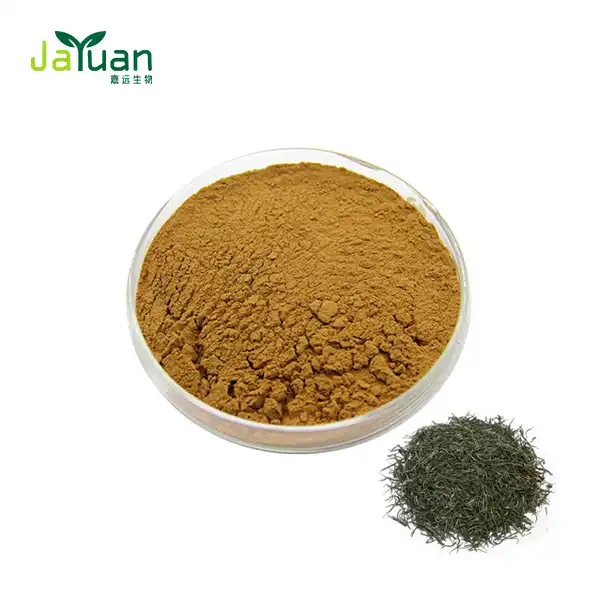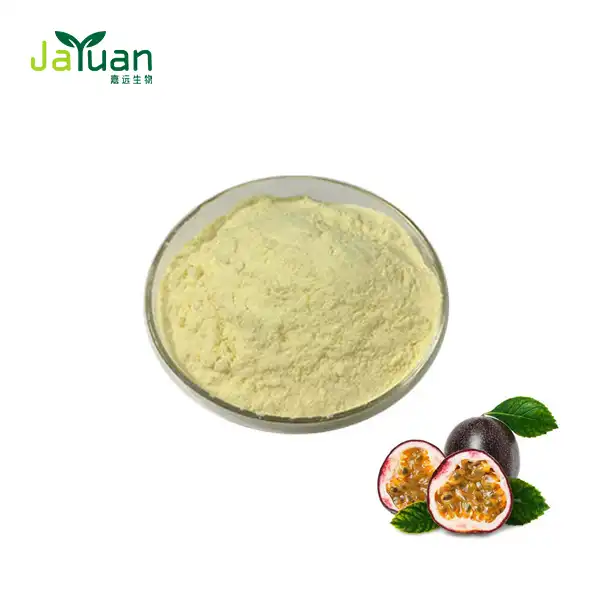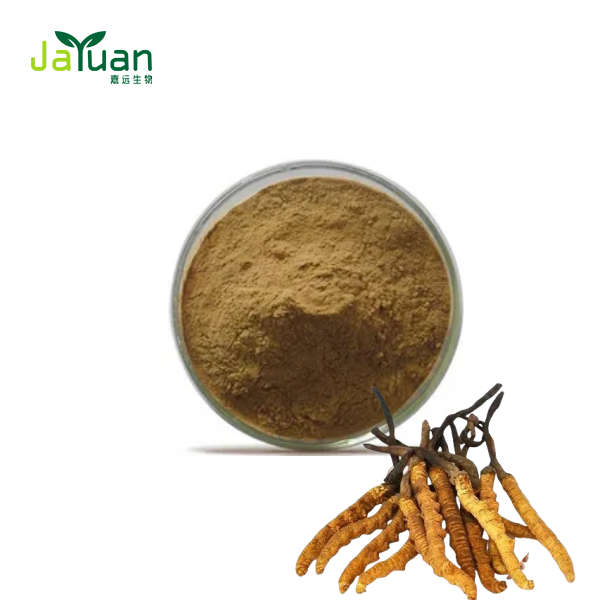What precautions should be taken when using Cucoline Hydrochloride?
Cucoline Hydrochloride, a compound gaining increasing attention in various industries, requires careful consideration regarding its handling and usage. As we delve into the necessary precautions associated with this substance, it's crucial to understand its specific properties, potential applications, and safety measures. This comprehensive guide will explore the essential precautions needed to ensure the safe and effective use of Cucoline Hydrochloride. Emphasizing the importance of proper storage, protective equipment, and adherence to recommended guidelines, we aim to provide a thorough overview that aids users in minimizing risks and maximizing the benefits of this compound in their respective fields.

Knowing Cucoline Hydrochloride: Properties and Applications
Cucoline Hydrochloride, also known as Choline Chloride, is a quaternary ammonium salt with the chemical formula C5H14ClNO. This hygroscopic crystalline compound plays a vital role in numerous biological processes and finds applications across various industries. As an essential nutrient, it significantly contributes to cell membrane integrity, lipid transport, and neurotransmitter synthesis, making it critical for maintaining overall health in both humans and animals.
In the agricultural sector, it serves as an important feed additive for livestock. Its inclusion in animal diets promotes growth and enhances overall animal health by improving metabolic functions. Research indicates that it can lead to better feed efficiency and weight gain in poultry, swine, and other farm animals, thereby benefiting farmers and producers alike.
The pharmaceutical industry also utilizes this compound extensively in the production of certain medications and dietary supplements. Its role as a precursor in the synthesis of acetylcholine, a vital neurotransmitter, underscores its importance in neurological health and cognitive function. Additionally, the product is used in various formulations aimed at addressing deficiencies and promoting overall well-being.
Moreover, Cucoline Hydrochloride Powder finds applications in the cosmetic industry, where it is employed as a conditioning agent in hair care products. Its ability to improve hair texture and manageability makes it a sought-after ingredient in shampoos and conditioners.
Given its diverse applications, understanding the properties of it is crucial. It is highly soluble in water and alcohols, making it versatile for various formulations. However, its hygroscopic nature necessitates proper storage and handling to maintain its efficacy and prevent degradation. Ensuring that this compound is stored in a cool, dry environment will help retain its beneficial properties, thus maximizing its effectiveness across all applications.
Safety Precautions for Handling Cucoline Hydrochloride
When working with Cucoline Hydrochloride Powder, adhering to proper safety protocols is paramount. Here are some essential precautions to consider:
- Personal Protective Equipment (PPE): Always wear appropriate PPE when handling Cucoline Hydrochloride. This includes safety goggles, chemical-resistant gloves, and protective clothing. A dust mask or respirator may be necessary when dealing with powdered forms to prevent inhalation of particles.
- Ventilation: Ensure adequate ventilation in the workspace. Use a fume hood or local exhaust ventilation system when working with large quantities or in enclosed spaces to minimize exposure to vapors or dust.
- Storage: Store Cucoline Hydrochloride in a cool, dry place away from direct sunlight and heat sources. Keep the container tightly sealed to prevent moisture absorption due to its hygroscopic nature. Avoid storing near incompatible materials such as strong oxidizing agents.
- Handling: Use caution when transferring or measuring Cucoline Hydrochloride to avoid spills or dust generation. Implement proper techniques for weighing and dispensing to minimize waste and potential exposure.
- Spill Management: In case of spills, promptly clean up using appropriate absorbent materials. Dispose of contaminated materials according to local regulations. Avoid creating dust during cleanup procedures.
- Fire Safety: While Cucoline Hydrochloride is not highly flammable, it can decompose under high temperatures, releasing toxic fumes. Keep fire extinguishing equipment readily available and be aware of proper firefighting techniques for chemical fires.
- First Aid Measures: Familiarize yourself with first aid procedures for potential exposure routes. In case of skin or eye contact, rinse thoroughly with water. If ingested, seek immediate medical attention. Always consult the Safety Data Sheet (SDS) for comprehensive first aid information.

Environmental and Regulatory Considerations
Beyond personal safety, it's crucial to consider the environmental impact and regulatory aspects of Cucoline Hydrochloride usage:
- Environmental Precautions: Prevent Cucoline Hydrochloride from entering drains, waterways, or soil. Implement proper disposal methods to minimize environmental contamination. Consider using closed systems or containment measures during manufacturing or handling processes.
- Regulatory Compliance: Adhere to local, national, and international regulations governing the use, storage, and transport of Cucoline Hydrochloride. This may include obtaining necessary permits, maintaining proper documentation, and following specific labeling requirements.
- Occupational Exposure Limits: Be aware of established occupational exposure limits for Cucoline Hydrochloride in your region. Implement monitoring systems to ensure workplace exposures remain below these thresholds, protecting worker health and safety.
- Transportation: When transporting Cucoline Hydrochloride Powder, follow applicable transportation regulations. This may include proper packaging, labeling, and documentation requirements. Ensure carriers are aware of the nature of the material being transported.
- Waste Management: Develop and implement a comprehensive waste management plan for Cucoline Hydrochloride and related materials. This should include proper segregation, storage, and disposal of waste products in compliance with environmental regulations.
- Training and Education: Provide thorough training to all personnel involved in handling Cucoline Hydrochloride. This should cover safety procedures, emergency response protocols, and proper use of protective equipment. Regular refresher courses can help maintain a high level of safety awareness.
By implementing these precautions and considerations, users can minimize risks associated with Cucoline Hydrochloride while maximizing its benefits across various applications. It's essential to stay informed about the latest safety guidelines and regulatory updates to ensure ongoing compliance and safe usage.
In conclusion, the safe and effective use of Cucoline Hydrochloride requires a comprehensive approach to safety, environmental stewardship, and regulatory compliance. By understanding its properties, implementing proper handling procedures, and staying informed about best practices, industries can harness the potential of this versatile compound while prioritizing safety and sustainability. For more information on plant extracts and related compounds, feel free to contact us at sales@jayuanbio.com.
References
1. National Center for Biotechnology Information. "PubChem Compound Summary for CID 6209, Choline chloride" PubChem,
2. European Chemicals Agency. "Choline chloride - ECHA."
3. Occupational Safety and Health Administration. "Occupational Safety and Health Standards: Toxic and Hazardous Substances."
4. World Health Organization. "WHO Good Manufacturing Practices for Pharmaceutical Products: Main Principles."

